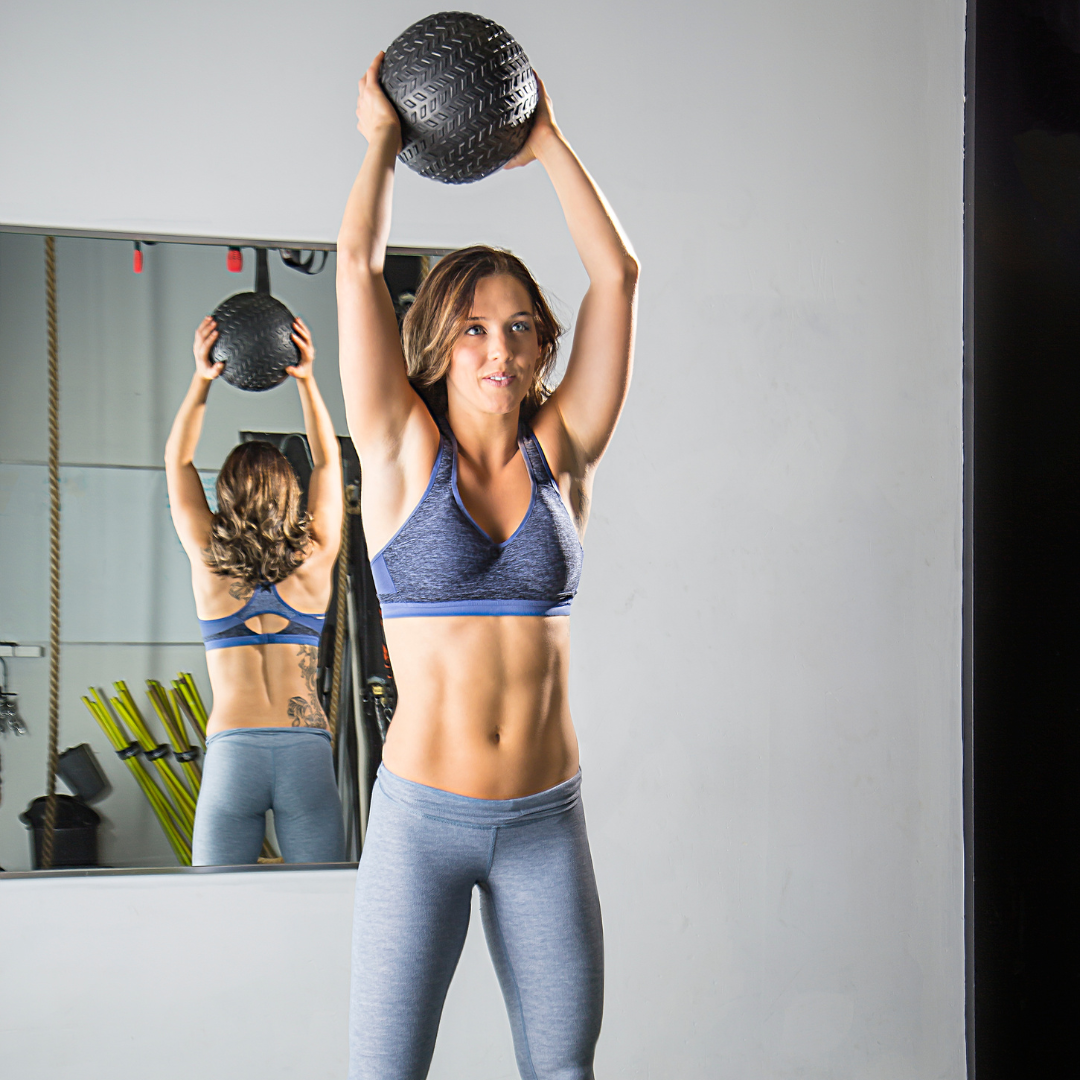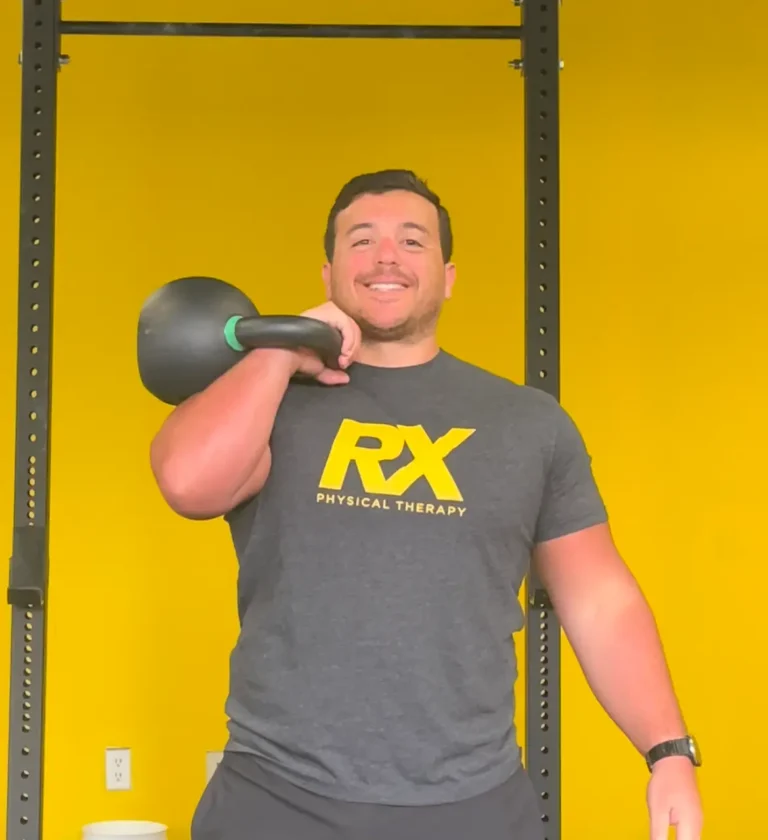What Is Core Stability?
Core stability refers to the ability of your abdominal, lower back, pelvic, and hip muscles to maintain proper control of the spine and pelvis during movement. This system creates a strong foundation for your limbs to move effectively and safely.
Your core muscles include:
- Rectus abdominis (six-pack muscles)
- Obliques (side abs)
- Transverse abdominis (deep core stabilizers)
- Erector spinae (spinal extensors)
- Glutes and hip flexors
- Pelvic floor muscles
When these muscles work together, they support spinal alignment, promote balance, and enhance movement efficiency—critical components of peak athletic performance.
How Core Stability Improves Athletic Performance
1. Boosts Balance and Coordination
A stable core improves your body’s ability to stay balanced and coordinated during dynamic movements like sprinting, jumping, or lifting. For example:
- In weightlifting, core control prevents unnecessary spinal stress and enables proper form.
- In sports like soccer or basketball, a strong core enhances agility and helps you stay upright when changing direction quickly.
2. Increases Power and Force Transfer
The core connects the upper and lower body, acting as a conduit for power:
- In sprinting, a strong core maintains alignment and posture, optimizing stride force.
- In throwing or swinging sports, core stability allows energy transfer from the legs through the torso to the arms.
When your core is weak, this energy transfer becomes inefficient—reducing performance and increasing fatigue.
3. Improves Posture and Movement Efficiency
Proper posture and spinal alignment depend on core strength. A stable core:
- Reduces joint stress
- Enhances breathing mechanics (important for endurance)
- Prevents compensatory patterns that lead to injury
Why Core Stab
ility Prevents Injuries
A lack of core strength can lead to movement dysfunction and injuries, especially in the lower back, hips, and knees. Here’s how core stability keeps you safe:
1. Protects the Spine and Lower Back
A strong core supports spinal structures and helps distribute load during exercises like squats, deadlifts, or running. This minimizes the risk of:
- Herniated discs
- Lower back strains
- Postural issues
2. Prevents Hip and Knee Injuries
Poor pelvic control from weak core muscles can alter lower-body alignment, leading to:
- Knee pain (like IT band syndrome or patellar tracking issues)
- Hip flexor strain
- Overcompensation injuries in the quads or hamstrings
Improving core stability ensures that your hips and knees remain in proper alignment during movement.
3. Speeds Up Injury Recovery
Whether you’re recovering from an ankle sprain, back pain, or post-surgical rehab, core stability exercises help restore proper movement patterns and support recovery by:
- Reducing compensations
- Rebuilding postural control
- Enhancing functional strength
Best Exercises to Build Core Stability
Focus on exercises that challenge your ability to resist movement while maintaining spinal alignment:
- Dead bugs and bird dogs
- Planks and side planks
- Pallof presses (anti-rotation strength)
- Glute bridges
- 90/90 breathing with core bracing
- Cable or resistance band chops/lifts
Incorporate these into your functional fitness routine 2–3 times a week for optimal results.
Conclusion: Core Stability Is Your Athletic Foundation
Core stability is the foundation for improving performance, preventing injuries, and achieving long-term functional strength. Whether you’re a competitive athlete or a weekend warrior, developing a strong, stable core should be at the center of your training program.
Ready to strengthen your core and boost your performance?
Our 1-on-1 physical therapy sessions are designed to assess movement quality, target weak links, and create a personalized core stability program tailored to your sport and goals.
👉 Book your free call today and take the next step toward a stronger, pain-free, high-performing body.


